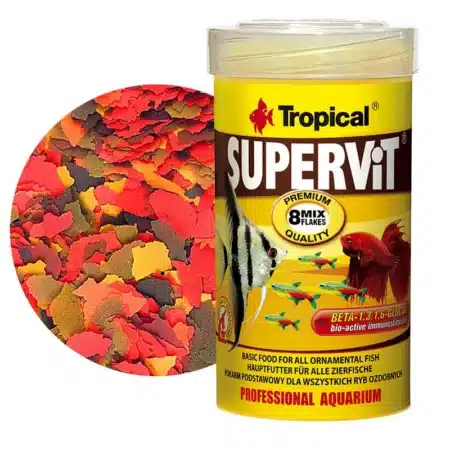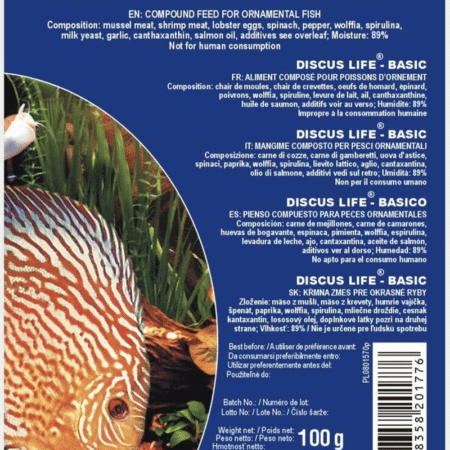-
×

-
×

-
×

-
×

-
×

-
×

-
×

-
×

-
×

Subtotal: £302.90











Emily Rivera (verified owner) –
I recently purchased the live Oceanicus (Marine Gammarus) PE-Bags, and I couldn’t be happier with this choice! As a caring fish parent, I always prioritize my betta fish’s nutrition, and these little guys have become a staple in my aquarium. After just a week of incorporating them into my betta’s diet, I’ve noticed a remarkable increase in their energy levels and vibrant colors. They absolutely devour these live morsels!
What sets these gammarus apart from other frozen or dried options is their freshness and liveliness. My bettas are excited and active during feeding time, which is something I didn’t see with other brands. Plus, I love how they come conveniently packaged in 90ml bags with 25 pieces—perfect for smaller tanks or regular feedings. The only tiny concern is that sometimes they can be a bit messy, but honestly, it’s worth it for how much my fish love them!
I highly recommend these live gammarus for anyone looking to enhance their fish nutrition, especially for betta owners. Your fish will thank you!
Emily Carter (verified owner) –
As a caring fish parent, I’m always on the lookout for quality food that promotes the health and happiness of my betta fish. I recently purchased the live oceanicus PE-Bags, and I couldn’t be more thrilled! From the moment I added them to my aquarium, my betta was intrigued. It’s been about two weeks now, and I’ve seen such a positive change in his behavior and color. He absolutely loves these marine gammarus! Unlike freeze-dried options, these live foods have a vibrant texture that seems to excite him, encouraging his natural hunting instincts. The 90ml pack with 25 pieces is perfect for portion control, and I appreciate that they come in a sealed bag for freshness. My only minor concern is that they have a short shelf life, so I recommend using them quickly to get the best out of them. Overall, I highly recommend these for anyone looking to enhance their fish’s nutrition. If you’re a fellow aquarium enthusiast, you won’t regret trying these out!